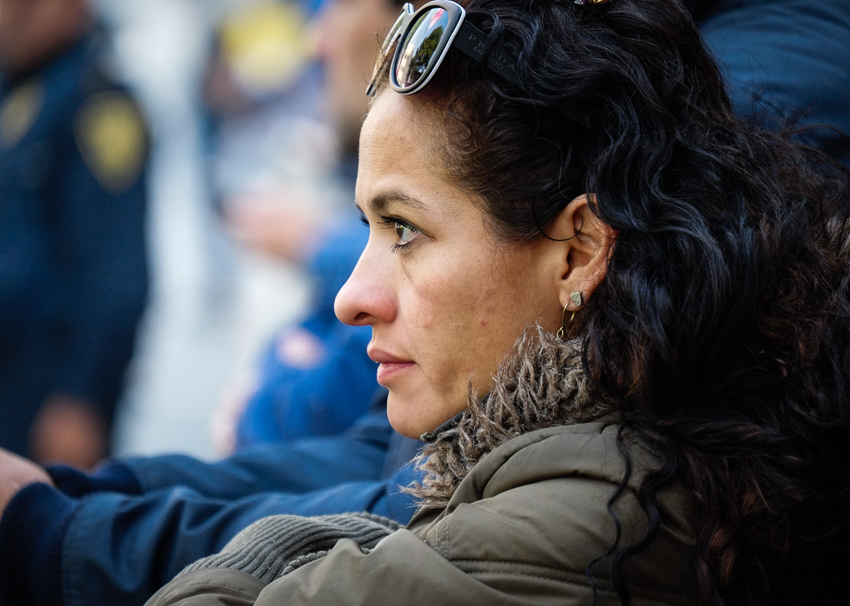
The Pope has left Mexico City now and is travelling to different states in Mexico – yesterday Chiapas, today Michoacán, and then tomorrow in the lawless border city of Juárez in Chihuahua. What I photographed on Saturday and Sunday was a tiny grain in an enormous event, where a person who represents some hope for change (for many people) is speaking out and acting against the injustice and violence of this society. A friend from Montreal wrote this morning what’s a pretty big endorsement from him: “I kind of like this Pope – he’s daring.” I think that’s a good way to put it. The situation here doesn’t seem all that dissimilar to me to what Syria was pre-civil war. In some ways, actually, it’s worse. The main differences are that the issues are more out on the table and there are people and institutions that are in active opposition to oppression.
There has been lots of TV coverage of the visit, and in watching the man who is the center of this event I notice what registers is not only what he says, but his personal manner and the small characteristics which you notice in coming to an opinion of that person. Those things can’t be faked, and he reads to me as a sincere person who is working within a complex system where progress is slower than one would like. Just standing on the podium with the Mexican President and his wife, I’m sure, represents a distasteful experience for him. But while the Pope may have power at the Vatican, here he has to acknowledge the real power of the state.
There is something else too, which is that this trip represents personal danger and that for even a much younger person the itinerary would be hard. It gives him more authority.
Sunday Morning
We had gotten to the steel barricade along the avenue at 8am on Sunday, knowing that the Pope was scheduled to pass at 8:45. The barricades were the same type that are used in Montreal – long linking sections with supporting feet. It seemed like a conservative assumption that early in the morning on Sunday would cut down on the size of the crowd. I was wearing a coat that I normally wear to freezing temperatures, but I had put it over a t-shirt. The temperature wasn’t more than 4C, and after a while I started to feel it.
Unlike the day before, I wasn’t wedged into a crowd. I could move around a bit and observe, which felt a good deal better. I think these photographs reflect that freedom. I like them much more than the ones I took on Saturday, which I think are okay but I miss portraits and a closer feel for the event itself – instead of just trying to get enough space to raise my camera. Here I could see what was going on and do what I like best, which is photographing people.
At first it seemed like I was right, and that there would be few people. But by 8:45 it was starting to feel like a crowd and there was no sign of any motorcade. In fact all the traffic were Mexico City police cars, and many of those were headed the wrong way down the wide avenue.
People were showing up slowly. Perhaps everyone was watching TV and had a better idea of timing than I did, because it was cold and there wasn’t much point to standing around.
There was a lot else going on too. Suddenly out of nowhere these bike riders burst, sprinting down the open pavement. It must have been fun to have open road ahead.
But that was really just a start. I heard what sounded like a loud whoosh and turned around just in time to see this pack racing by. This avenue is normally partially closed to vehicular traffic on Sunday mornings so perhaps the Pope had to make a deal with the bike club in order to get use!
Up until about 8:45 everything had been quite linear, but then events took a twist.
I don’t know how I missed the signal but suddenly the crowd picked up the heavy steel barricades, blocks long at a time, and pushed them (our side) into the street, effectively cutting the width of the Papal passage from six lanes to less than half that. Some people, like me, may have been shocked but the general reaction of everyone was laughing. Like, “now we will be able to see El Papa!” The police seemed shocked but there was really nothing they could do about it.
There ensued after this a long period of consultative behavior. Different forms of police would show up on different forms of transportation and would order the barrier back a few feet, or for it to be lined up more crisply. But still, the passageway had not been expanded to more than just over three lanes, about half of what it had been originally.
Then a helicopter appeared above flying fast and angry. I don’t know what it was – the type or the pilot – but it had the feeling of power and speed. It was definitely displeased with the situation below and crossed us low several times, really just clearing the buildings.

Not long afterward the heavy artillery began to show up.
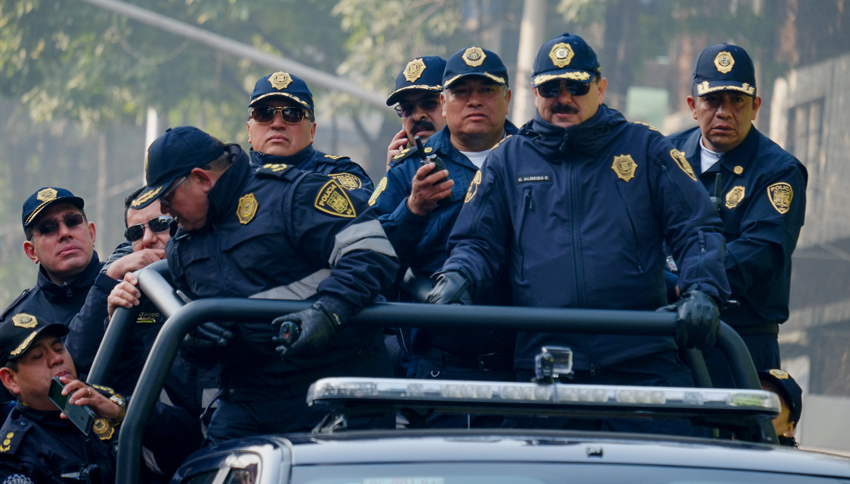
But they weren’t anything like what followed.
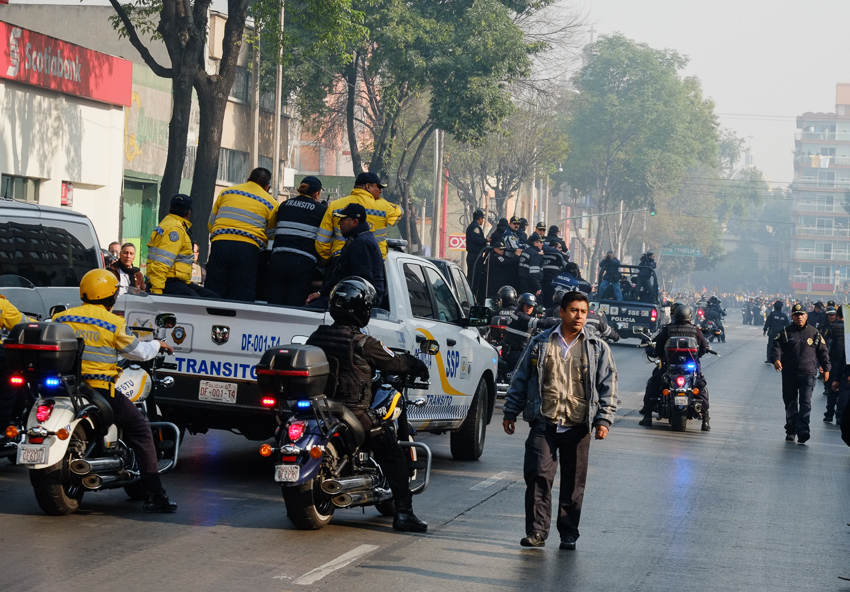
Here you can see the police ordering the barricades back and the road widened.
I have to include a few more portraits before the picture of the Pope.
And then the Pope passes by in a flash. I barely saw him, it was so fast. Beth gasped when she saw this photo and pointed out the crucifix in the foreground, but it’s actually a steadicam.
Below, the inevitable review of the phones. Even the police were doing it.

I hope you’ve enjoyed these photos. I enjoyed them even though I ended up with hypothermia! The Pope had been scheduled to pass at 8:45am at 20.4 km/h. He didn’t pass until 10am, and he was hauling.
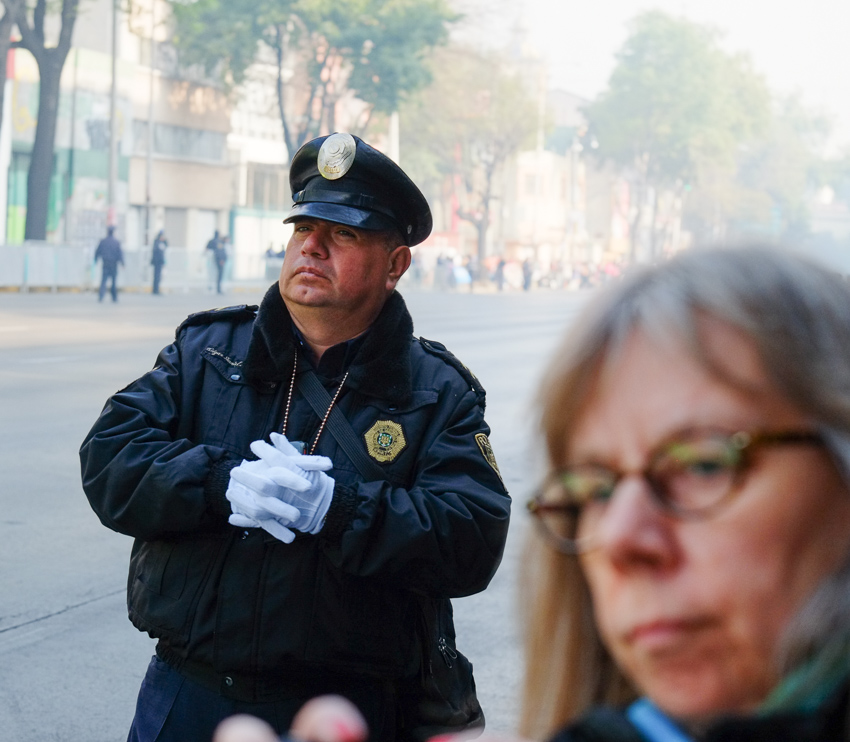
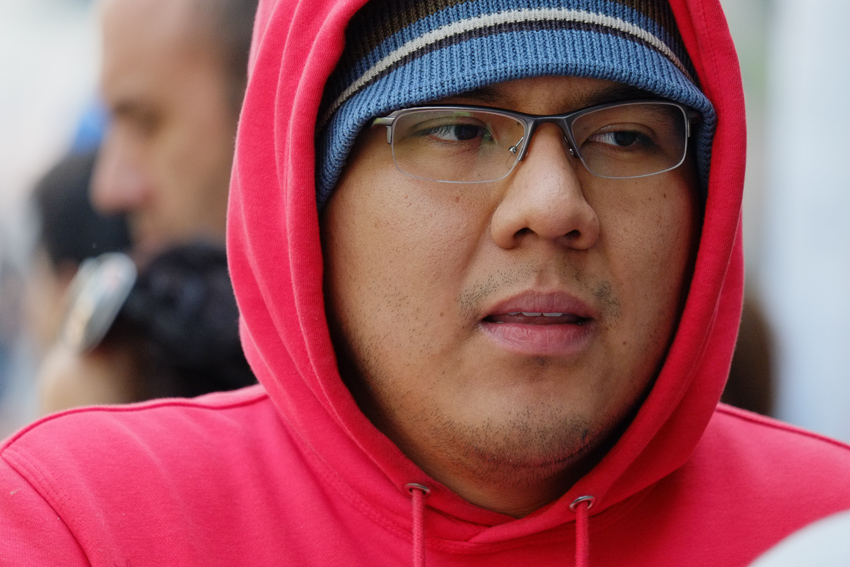
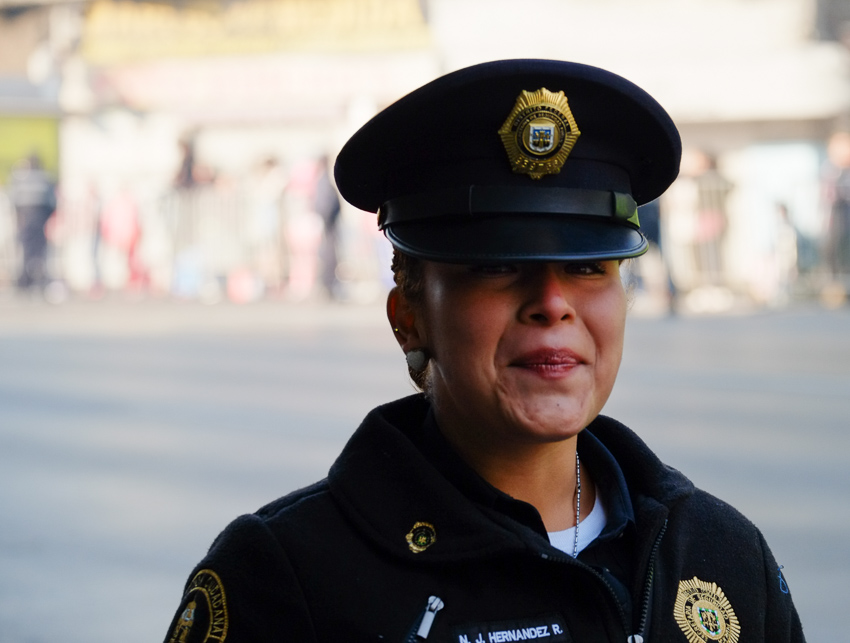
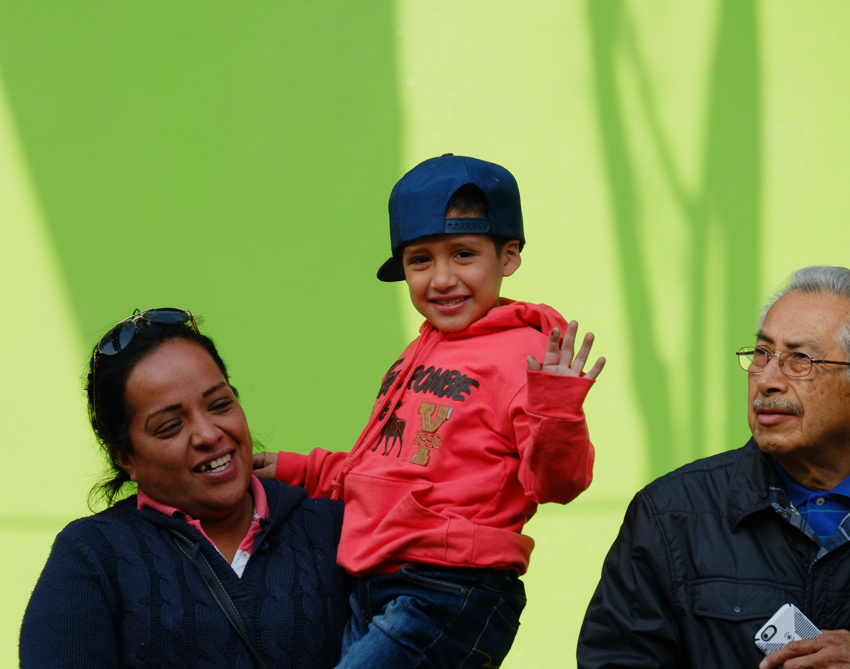
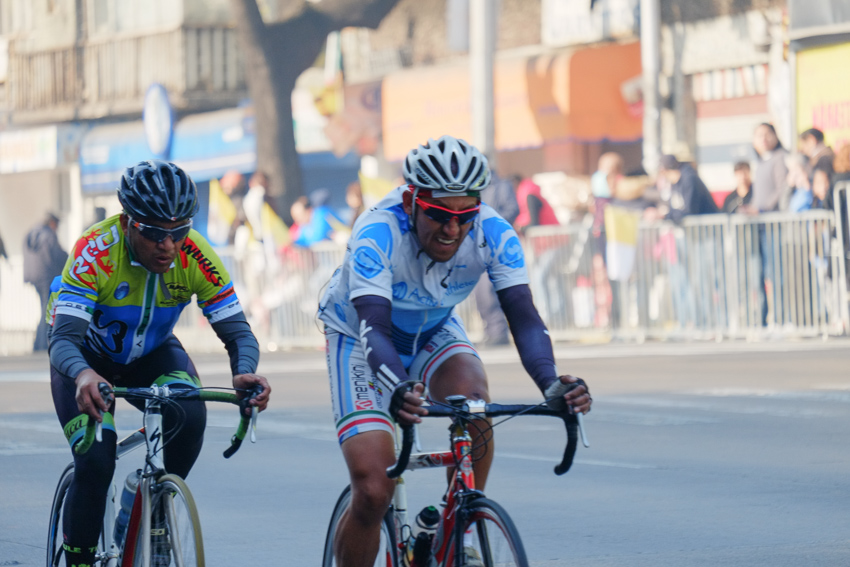
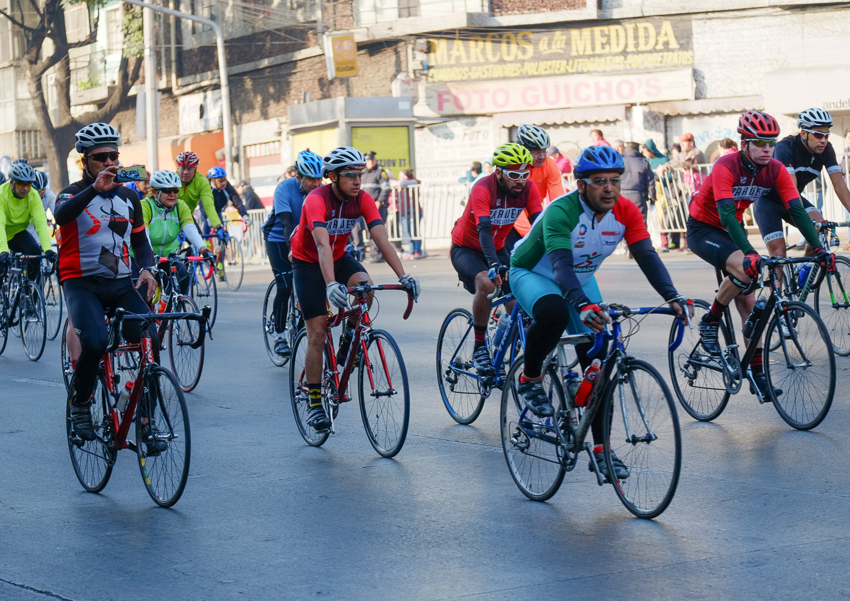
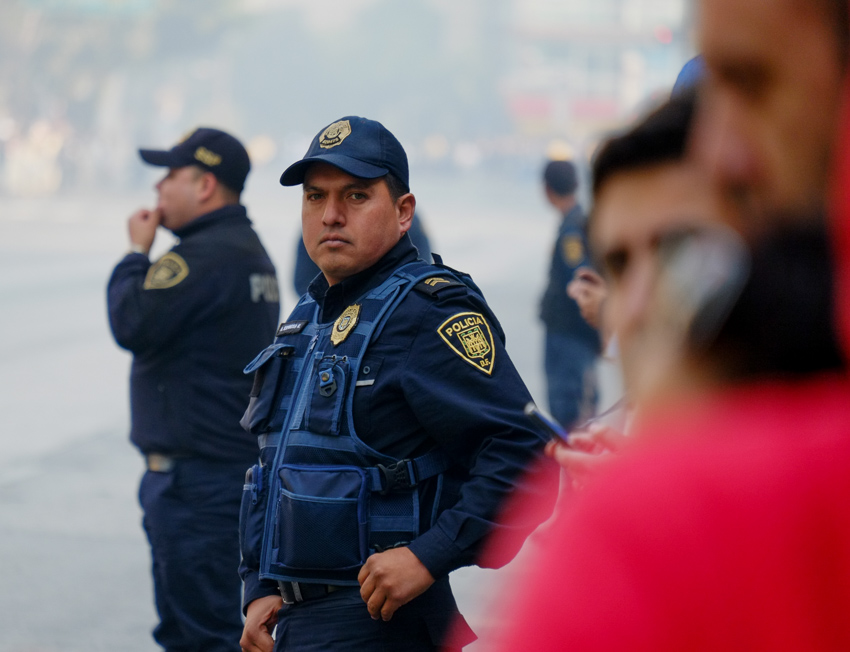
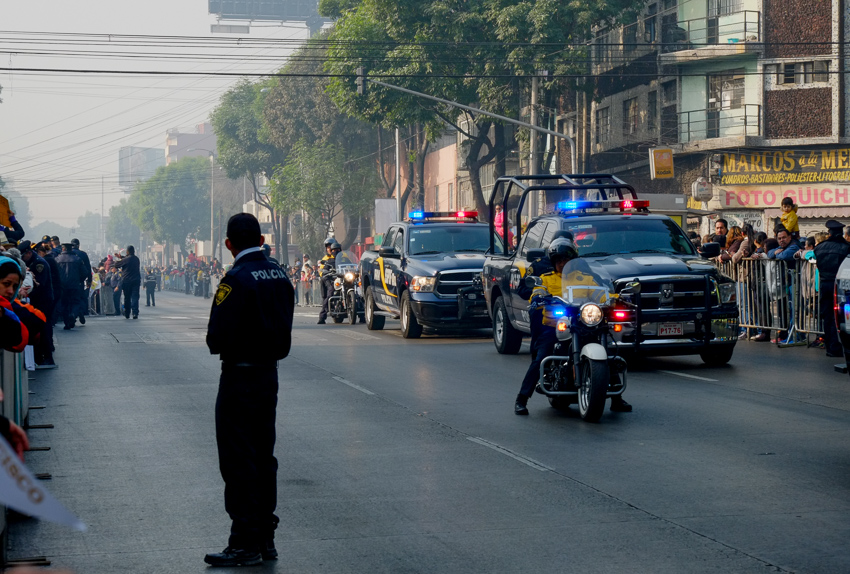
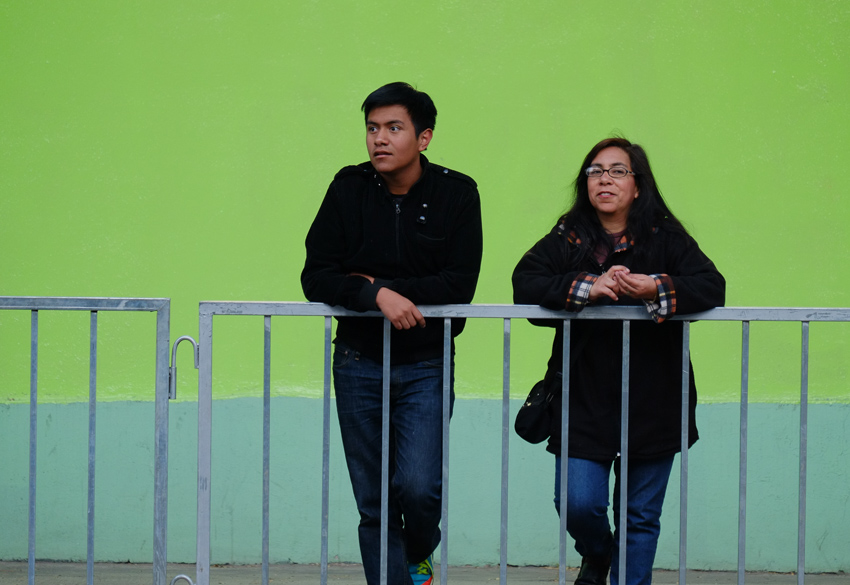
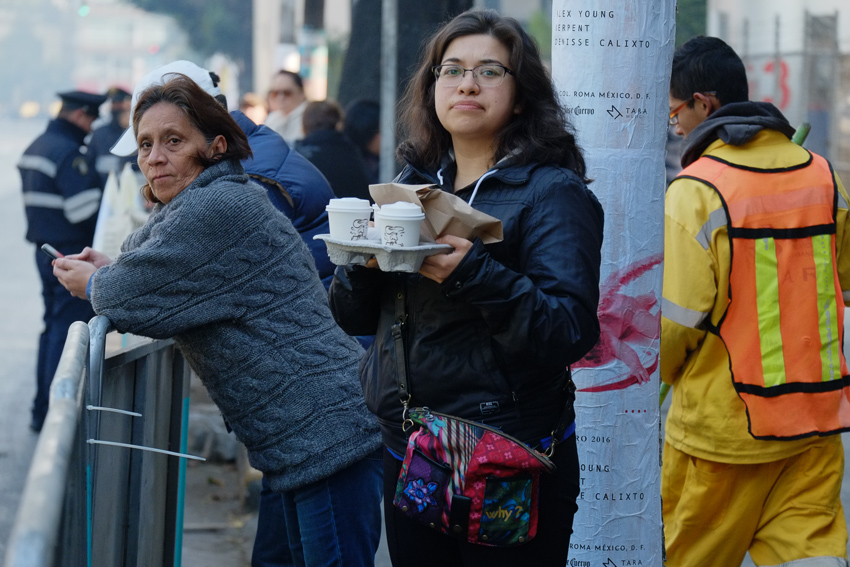
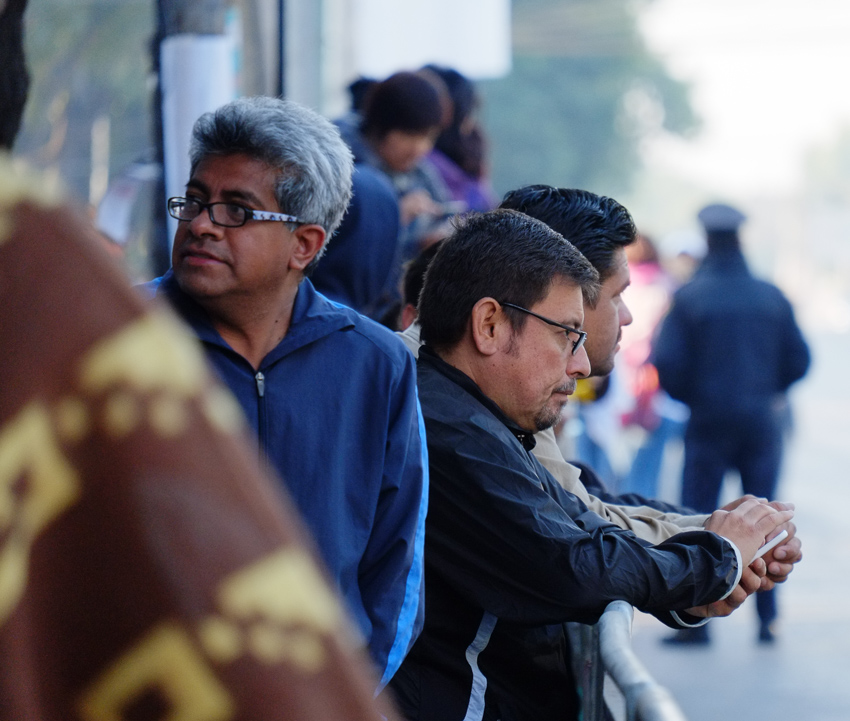
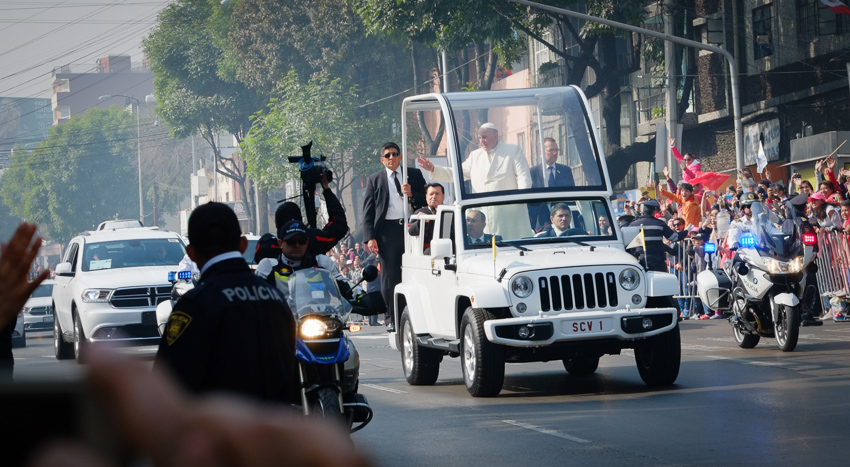

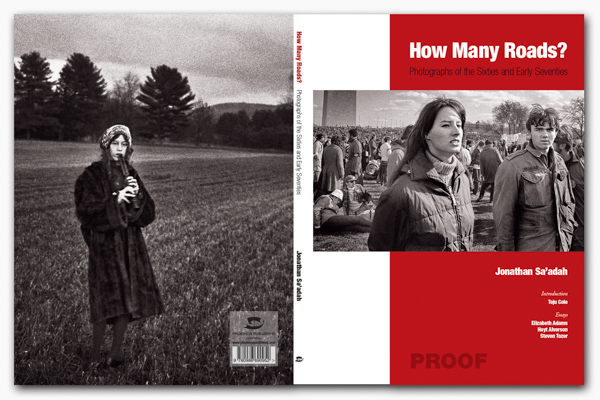
Jonathan I am taking enormous joy in following your blog this week and getting carried into the streets out of which the headlines are also extracted. Your perspective on the humans affected by the headlines … Not excluding yourself… And not just the news bytes makes it alive for me. Thank you so much for sharing your gift in this way!
Thanks Vivian. I’m also looking forward to transitioning into some other photos than about the Pope’s visit. I do feel like his being here has pulled back the curtains a bit and allowed me to see things that normally would not be so visible. Hope all is well in the north.
I love your photos and commentary, Jon, they feel very immediate – almost like being there myself. And your portraits of individuals are full of life and character. Looking forward to more.
Yes, I think El Papa is a good guy, trying to do his best in a system (both in the Vatican and outside it) which stubbornly resists all changes. I wish him well.
Hi Natalie –
It’s so easy to slam the Pope for not supporting things that I feel he should be supporting – but the point is that he’s trying to move things ahead in places and institutions which are resistant and/or evil – that’s hard – and I think that (mostly) his heart is in the right place. I’m not Catholic so I don’t follow the Vatican closely but I’m sure there are readers who do and I’d like to hear their opinions.
The portraits are what they are – I like them the best of my photos but that’s because of where my heart is! Now, will you ever let me photograph you?!
I love the portraits, and also the pictures of people looking at the pictures they have taken with their cellphones. I wsa struck by what looked like very heavy air pollution. I know air pollution is a big problem in Mexico City, but is that really pollution or just an effect of how you were taking the picture.
In the midst of this crazy electoral season, I think we should take heart from the fact that the College of Cardinals somehow elected Francis! I bet more than one cardinal has since said something along the lines of “where is a vial of poison when you need one?” May God preserve and protect Francis!
Hi Anne – Francis needs protection from his own church and other enemies as well. The trip to Mexico was complex with lots of driving around on roads with crowds, and lots of public appearances – in other words, lots of exposure to danger. But it wasn’t the homey act of hanging out of the Fiat as he’s done past. He did ride in the Fiat the very last part of this morning to the airport (on a safe part of road) – but mostly he was well protected by phalanxes of guards and what looked like very sophisticated strategies. I was glad to see that reason pervailed.
The question that gets asked the most is pollution in Mexico City. I am planning to write a separate post about it. There was some pollution the morning I was shooting but the way that I was shooting – with the background often sunlit and out of focus – makes it look a little worse than it was. More to follow later on this subject, though – you are right in asking.
A side note: you mention the “lawless border city of Juárez” but just this morning I read an article from The Telegraph about how the city’s murder rate has dropped by 90% in the past few years, making it no more dangerous than Baltimore or New Orleans (which doesn’t sound like much, but compared to 2010 it’s a huge improvement). As a result, the city’s food culture has come back to life and there’s a new wave of food trucks and restaurants opening. I thought of you when the article said that burgers were no longer trendy but Lebanese food is now the big attraction. 🙂
http://www.telegraph.co.uk/news/worldnews/centralamericaandthecaribbean/mexico/12160573/Meet-the-young-foodies-using-Facebook-to-reclaim-Mexicos-most-murderous-city.html
I also saw a report about Juárez yesterday saying that murder rates had dropped exponentially and thought “whoops”, but I had already published the post and thought I’d let it stand. Thanks for pointing out the error, though, I’m trying to have what I write be accurate. I like the photos in the Telegraph article and yes to Lebanese food!
The lands outside of Mexico City are like a great unknown to me. Each year we say we’ll go to Teotihuacan (only an hour out of the city) and so far we’ve never even done that! Almost everyone who comes to Mexico City goes there. We were talking innocently to someone and said that some time we’d like to see Veracruz, and his eyes got really big and he said “I wouldn’t go to Veracruz, you never should!” I’d like to travel though, it just seems like we never have enough time here.
That’s funny about Veracruz. Is it because it’s so touristy? I suspect it’s like going to Miami and telling a local that you’d love to go to Orlando. Or telling a Manhattanite that what you really want to do is go to Times Square. (Although as far as I know, Veracruz isn’t even remotely as ruined as Orlando or Times Square!)
I don’t know what the story is with Veracruz, but the person was quite knowledgeable. He was one of the several people we’ve talked to who had lived in the United States (in his case for 18 years) and then had been thrown out. All the places (in California) that he said he had lived in had Spanish names and I had never heard of them. It seems like there is a whole world of Mexican immigrants in California that are hidden from view. Probably that’s a gross understatement; I’ve never lived in California either.
This almost makes me feel I was there myself. Your insight that this is a good man trying to change a system that is not going away but which needs much revision is excellent.
Flying into Mexico City from Lyon two years ago, I was able to see unbelievable pollution, and what looked like a sharp line dividing the city from the countryside. Mexico City itself is physically too demanding for me, alas, which makes me doubly appreciative of reports from you & Beth.
Thank you Jonathan. I never saw mexican policemen so close ! They have lively expressions…
Yves – thanks – I appreciate you reading!
You got Popepothermia! Hope you didn’t get sick…
(Really enjoying these pictures, by the way.)